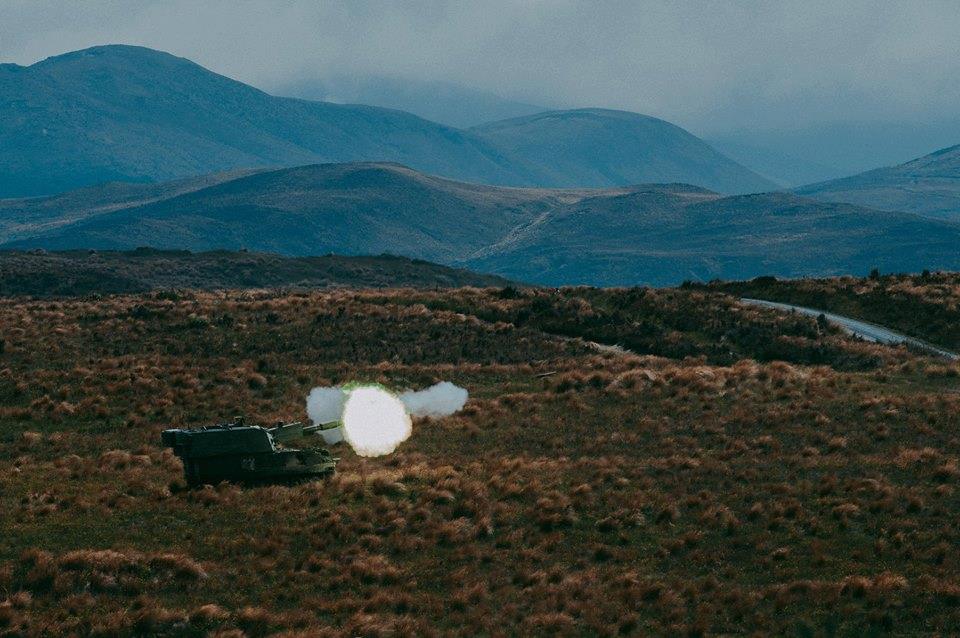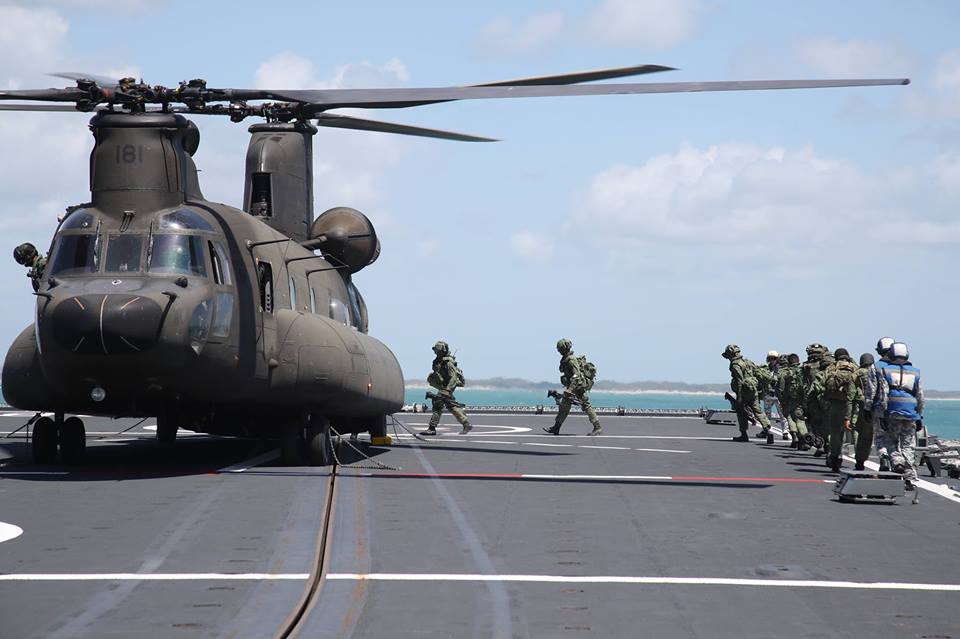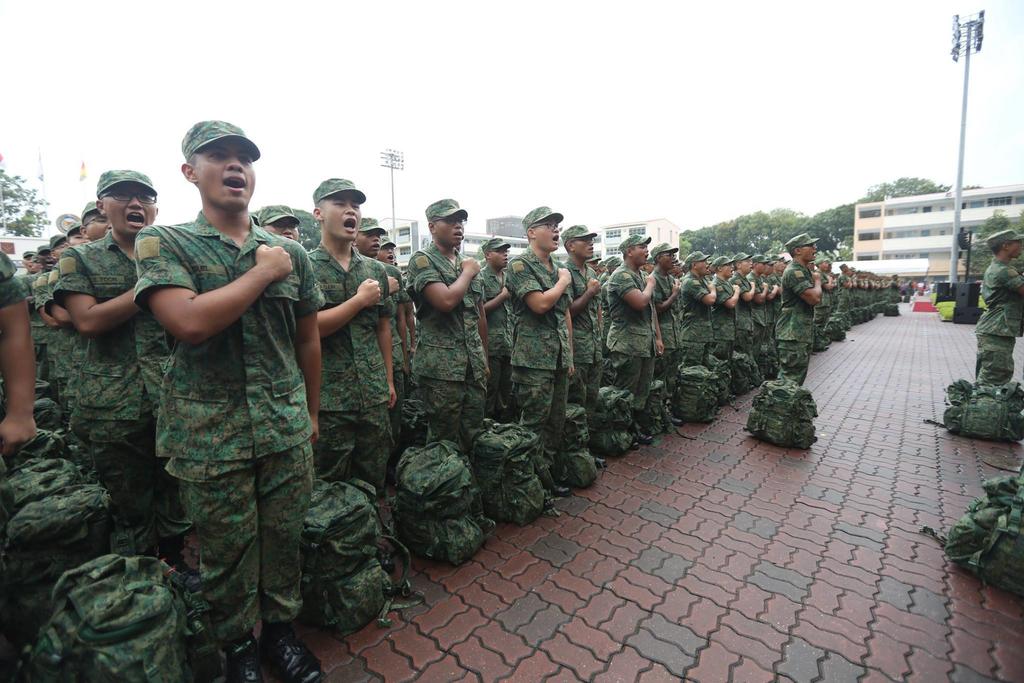We were far from home, far from camp, far up in the Temburong hills. It felt as if we had been climbing forever, but we still had a ways to go. He had flopped down in front of me, gasping and gulping air like a fish on land. It looked like the heat, weight, and fatigue had finally done him in: not physically, but mentally, where I knew the weakness most often lay.
What to do? Safety interests suggested he should be evacuated; this had happened before, especially with him, and each time the rest of us had to suffer a greater burden. Could we rely on him in the future if I let him quit now?
Then there was the other issue: logistics. Nobody was coming to get us. To evacuate, we would have to carry the body and equipment back down the hill until we reached the road. We would then have to attempt the climb again; an unbearable agony settled on my bones at the mere thought of it. Would even more people be overcome by exhaustion if we decided to evacuate him?
Risk is something present in any enterprise where we push ourselves. If I go for a half marathon, I could overheat. If I go road cycling, I could be hit by a ten ton lorry. If I do construction work, a stack of bricks could fall on my head.
The difference between these enterprises and national service is that they are voluntary. NS is not. A fundamentally dangerous undertaking, a fundamentally unwilling workforce. What could go wrong?

When debating this emotional issue, it’s prudent to look at the current state of affairs. Is the culture getting worse? Many commentators write from the perspective of those who have completed full-time national service years, or even decades ago. For me, the experience is more recent, having completed national service only three months ago.
From where I’m standing, training school commanders these days appear as concerned about safety as the rest of us, and (at least for my unit) many regulars display genuine care for their soldiers. This is a far cry from tales even a decade ago of regulars who only berated and (sometimes beat) their NSF subordinates. I think that the systems—and more importantly, the people—are trying to improve, but are still failing to do so.
Perhaps this is because individual efforts and grafts, when added to safety protocols (however well-intentioned that may be), have little effect on the core conflict underpinning this issue: performance versus safety.
Performance is required of any armed forces. A key factor of performance in unit evaluations is attendance; achieving a high score is impossible if soldiers aren’t present at key exercises, even if the reason is sick leave. To higher ups, a lower score means being passed over for promotions; to lower-ranked commanders and their men, this may mean additional re-training or weekend duties. This eats into their precious rice bowl or rest time respectively, incentivising a system engineered on performance.
As I’ve explained above, there are a thousand and one other considerations when thinking about safety. To add to this, in a system geared towards performance, safety can sometimes take a back seat. Of course, it is possible to have a culture where there is value for life and value for work. It is possible to have a culture of mutual trust and understanding, where effort is put in by all parties to make the system functional.
The problem is that such a system requires voluntary participation—possible in an army, but maybe not a conscripted one.
As a case in point, many friends that I’ve spoken to in the air force and navy describe a far different culture, one less toxic and suffocating, and less prone to pushing commanders into that gray no-man’s-land between safety and performance. One can say that it’s a difference in the nature of work, or the ‘chiong sua’ image of army. But I believe the truth can be found in the ratio of regular servicemen to NSFs found in these forces.
The RSAF and RSN have, for obvious reasons, less manpower requirements, and their high-stakes operations (ships and planes) means they are more likely to be staffed by regulars. The army, on the other hand, is manpower-intensive, particularly when you look at infantry and all its iterations (armoured infantry, motorised infantry, guards, commandos, etc).
The lower levels (men, section commanders, junior officers) of these regiments are staffed by conscripts, the higher levels by regulars. It’s a field ripe for conflict, as the behaviour of the unwilling can lead to career consequences for regulars, and the decisions of regulars can force the unwilling to choose between a weekend out of camp or ‘hurrying things along a bit’.
This article was not written to blame any side, but it’s important to note that national service is a painful proposition for either side, taxing regulars, NSFs, safety, and performance, forcing these elements to engage in their own delicate push-and-pull.

In conventional small unit doctrine, an infantry section is seven sweaty chaps (six sweaty men and one sweatier commander) stuffed into their sweaty uniforms. I have no idea how or why this is ideal, but it seems to be the way we do things ‘round ‘ere.
When I was in cadet school, however, we were told by our more experienced trainers many a time that there would be plenty more manpower available. They described how, in their experience, there would be at least eight or nine guys to share the load.
Imagine my surprise when I landed in an active unit, only to find a far different situation than the one I had expected. Most sections had only seven men, some of whom were not fit to join us in the field. Sometimes, moving out for exercises, I would have only two men shouldering the burden.
Often, more of my time as a commander was spent worrying about allocating guard duties to replace last-minute sick-leavers than actually thinking about training. The manpower crunch in the army is agonising, stressful, and it makes people push each other to carry on when they otherwise wouldn’t have to. It also leads to a toxic culture of shaming the sick and injured, as their non-participation directly causes the suffering of their peers; this greatly worsens the ‘chao keng’ environment many have pointed to as the root of this problem.
You need conscription to protect the country? Fine. You want to have zero deaths in a fundamentally risky enterprise? Fine. I’ve got two radical solutions for you, and let’s have none of that “revamp-the-protocol” or “they-can-call-the-safety-hotline” bullshit.
One: Remove the attendance requirement from unit assessments. It’s a subtle threat against commanders: your people better not fall sick, or you’ll bear the consequences.
In my experience, it hugely encourages this “chao keng” mindset, especially where that mindset is pushed from the top. You want to make “safety” a system? Stop building new useless safety protocols; infuse more safety into the protocols that are already there.
Two: Downsize the army. We have a system that is severely under stress from manpower shortage, along with an expectation to take on a similar level of work and do it even better than our predecessors: what do you think’s going to happen?
By downsize, I don’t mean reduce intake, I mean reduce the number of units that are open. Collapse some units and spread those people around the remaining divisions. Give each unit the manpower it needs to operate at a functional level, and I believe that the stresses that worsen this performance-safety conflict will be greatly reduced.
This isn’t to say that SAF safety culture isn’t a problem, but I think that when culture and protocol are both improving, yet the casualties are mounting, we need to identify other trends that could be worsening the problem: trends such as the falling birth and conscription rates, for instance. It’s a stretch to say that this crunch is the cause of the SAF’s safety problems, but additional pressure caused by this crunch is hindering a system that’s trying to do better.
At the end of the day, nobody wants to be forced to push the boundaries of safety just to hit performance targets, and if we can reduce such forces, we might just see an improvement not only in safety, but in the underlying culture as well.






